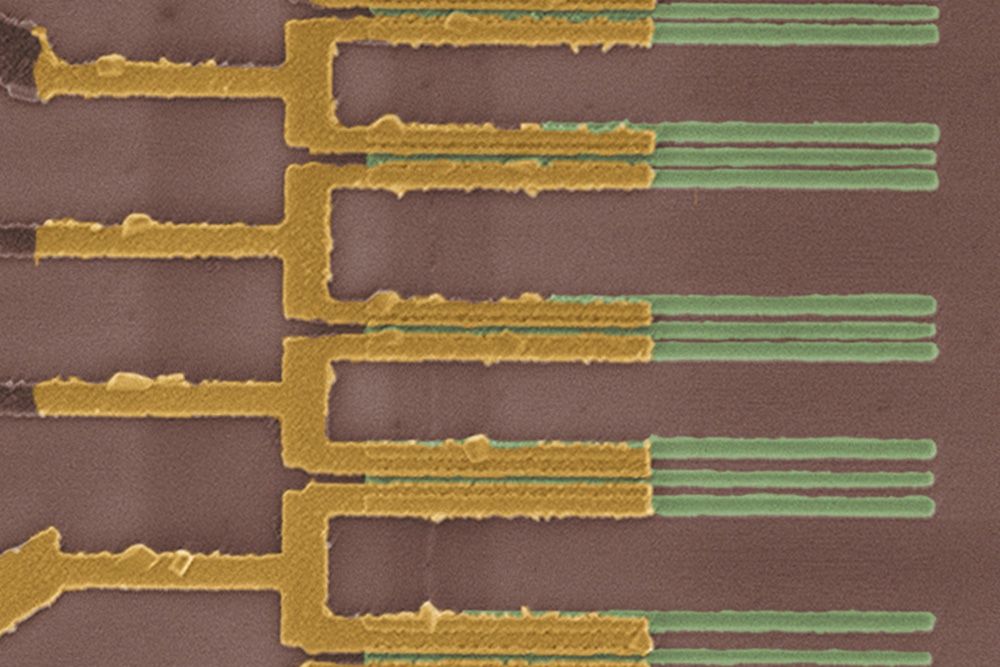NASA has announced the continuation of a two-phase $750,000 research award to Embry-Riddle Aeronautical University and project partner Honeybee Robotics to develop a small integrated autonomous robotic spacecraft system to support the exploration and mining of asteroids and other planetary bodies and moons.
Dr. Hever Moncayo and Dr. Richard Prazenica, both Assistant Professors of Aerospace Engineering in the College of Engineering are leading the effort at the Daytona Beach Campus. Also collaborating on this project is Dr. Sergey Drakunov, Professor of Engineering Physics in the Physical Sciences Department and Associate Dean of the College of Arts and Sciences. Dr. Kris Zacny is the team lead for Honeybee Robotics.
The Embry-Riddle team includes Aerospace Engineering master’s degree students Diego Garcia, Chirag Jain, Andres Chavez, Wai Leuk Law, Aerospace Engineering Ph.D. student Andres Perez and Engineering Physics Ph.D. student Samuel Kitchen-McKinley. The researchers are focusing on an innovative concept based on autonomous small free-flyer prospector spacecraft that can leave from, return and recharge from a mothership on the planet’s or asteroid’s surface.







